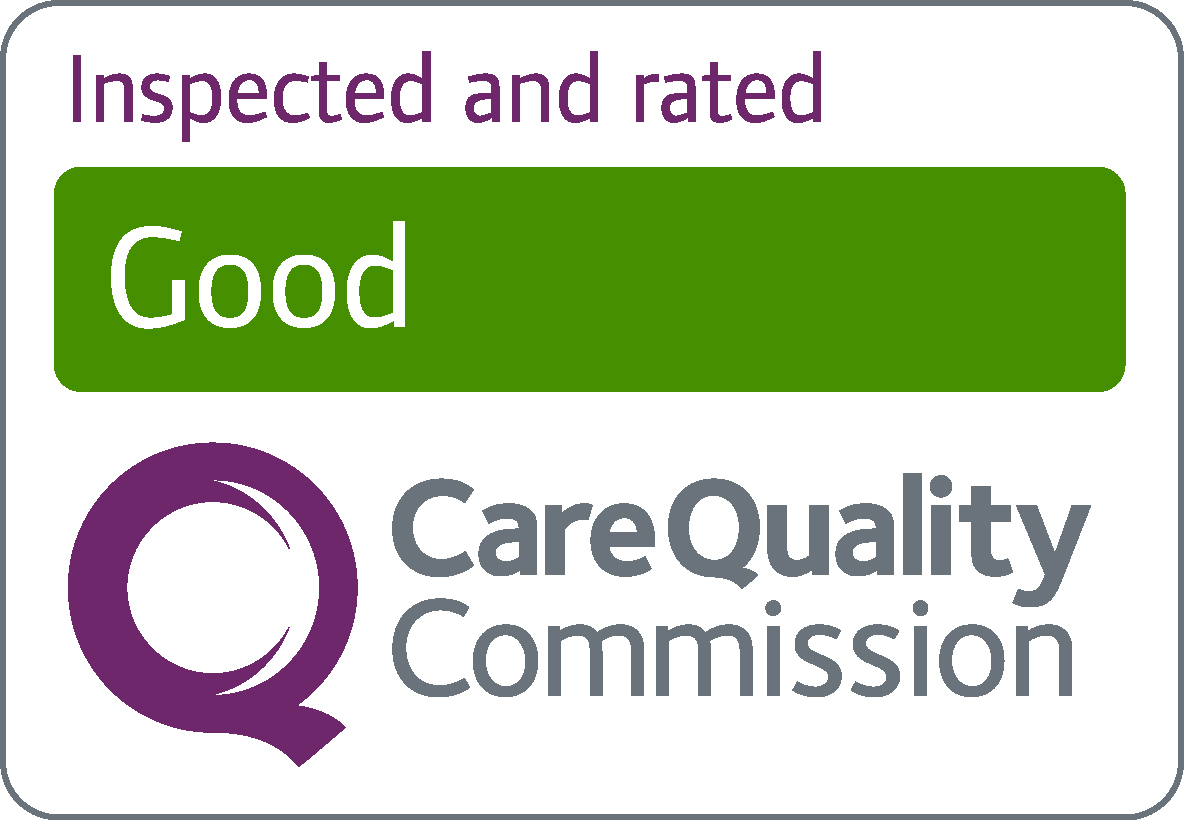September 26, 2025
What Difference Is Anaemia? An Exhaustive Reference on Symptoms, Categories, Causes and Treatment
Anaemia is a common haematological disorder defined as reduced red blood cell (RBC) concentration or number, or haemoglobin levels which affects the oxygen transport capacity. Patients usually have lethargy, exercise intolerance, and various conceivable complications. Chequers Health aims to empower through the mapping of various modes of manifestation, processes of pathology, and treatment options of anaemia.
What is the Cause of the Progression of Anaemia?
The cause of anaemia is mixed, and can be attributed to:
- Nutritional deficiency: Iron insufficiency, vitamin B12/ folate deficiency.
- Chronic disorders: The impairment of kidneys, inflammatory syndromes, neoplasms.
- Menorrhagia, traumatic menorrhagia, surgical loss or gastrointestinal bleed.
- Inherited diseases: Sickle cell disease, thalassaemia disorders.
- Bone marrow diseases: Aplastic anaemia, myelodysplastic disorders.
Common Symptoms
The manifestation of anaemia may vary, but the common signs include:
- Intense persistent fatigue or exhaustion
- Attacks of breathlessness on little exertion
- Occasional dizziness or light-headedness
- Marks of paleness or an extraordinary yellowishness of the skin or skin-complexion
- Rapid beating of the heart, or tachycardia
- Weak nails or hair loss
- Difficulty with concentration of attention or focus
- The management and diagnosis should involve frequent blood tests because initial symptoms can be mild.
Classification of Anaemia by Cell Appearance
Anaemia is a blanket term of conditions as opposed to a single condition, and its major variants include:
- The Iron Deficiency anaemia: The most common type which is mainly as a result of loss of blood in the body or insufficient intake of iron.
- Vitamin B12 deficiency anaemia: This can be caused by pernicious anaemia (type of anaemia caused by the body’s immune system attacking the stomach) or by the body’s inability to absorb vitamin B12 from the intestines
- Folate deficiency anaemia: This is common during pregnancy or in certain health conditions that affect how the body uses folate.
- Anaemia of chronic disease: This type of anaemia happens as a result of long-term inflammation or certain chronic illnesses, including some cancers.
- Haemolytic Anaemia: This is the accelerated destruction of red cells faster than they are made.
- Aplastic Anaemia: It is a rare disorder of bone marrow whereby the number of all blood lineages is compromised.
- Diagnostic Method: Confirmatory Testing
- Your general practitioner or a haematologist assigned to him/her can suggest the following tests:
- Full Blood Count (FBC): Measures the haemoglobin, haematocrit, total red cell mass.
- Ferritin and Iron tests: These check the body’s iron levels and how well the body absorbs and uses iron from the intestines.
- Vitamin B12 and Folate Tests: Specific tests of the respective vitamins in bloodstream.
- Reticulocyte Count: Evaluation of the production of new red cells in marrow.
The investigation that is required to establish the causes of internal bleeding when suspected to have a role in the development of anaemia includes colonoscopy or endoscopy.
Available Treatments of Anaemia
Management approaches are made on the basis of the cause:
- Iron Replacement Therapy-This is given either orally or intravenously.
- Vitamin B12 Therapy- Intramuscular administration is used when treating pernicious anaemia.
- Folate Substitution Supplemental folic acid can be prescribed during pregnancy or a malabsorption syndrome.
- Nutritional Interventions- It is recommended that and enriching of the diet with haem-rich sources like red meat, and leafy greens and legumes.
- Red blood cell transfusion: This is considered when anaemia is severe and causing noticeable symptoms
- Treatment of Co-Morbid Conditions -It is of utmost importance that chronic medical illnesses are addressed in order to optimise erythropoiesis (the production of red blood cells)
Requirements that lead to a Referral to a Physician
See a medical practitioner when any of the following occur:
- Constant and unclear unknown weariness that goes on more than several days.
- Irregular heartbeat at rest.
- Dyspnoea (shortness of breath) with minimum activity or page, at rest.
- Perpetual light-headedness or close to fainting.
- Marked pallor and pale and cold extremities.
- Prompt recognition and action are important to prevent complications affecting the heart or pregnancy.
Internal linking
Based on this primary source, provide the following links to related material:
Iron Deficient Anaemia
Vitamin B12 Deficiency Anaemia
Anaemia in women
Anaemia among Children
Anaemia FAQs
Frequently Asked Question
Yes, most types of anaemia can be treated once the underlying cause is addressed, whether it is due to a lack of nutrients or chronic blood loss
Recovery from anaemia can take anywhere from a few weeks to several months. The exact time depends on how low your haemoglobin was at the start, the cause of the anaemia, and the treatment you follow.
For males the reference range of the haemoglobin concentration is 13.8 to 17.2 g/dl and in females is 12.1 to 15.1 g/ dl.
The connection between iron deficiency anaemia and hair loss are no longer secret; insufficient serum ferritin levels can interfere with the hair growth cycle and lead to an increase in the percentage of hair in anagen and telogen phases and actual hair shedding.
Indeed, anaemia occurring in pregnancy arouses clinical interest; failure to manage anaemia increases the risk of pre-term birth, intra-uterine growth restriction and elevated peripartum morbidity.


